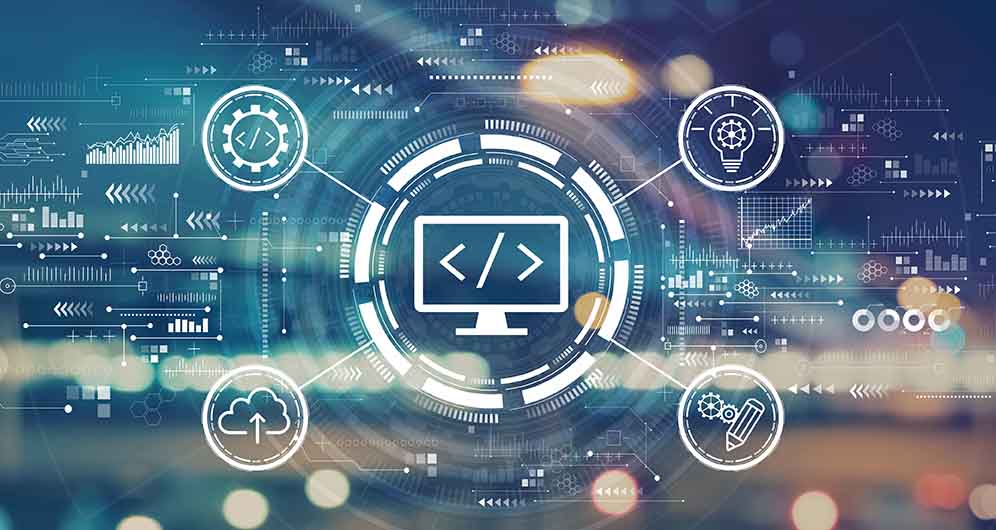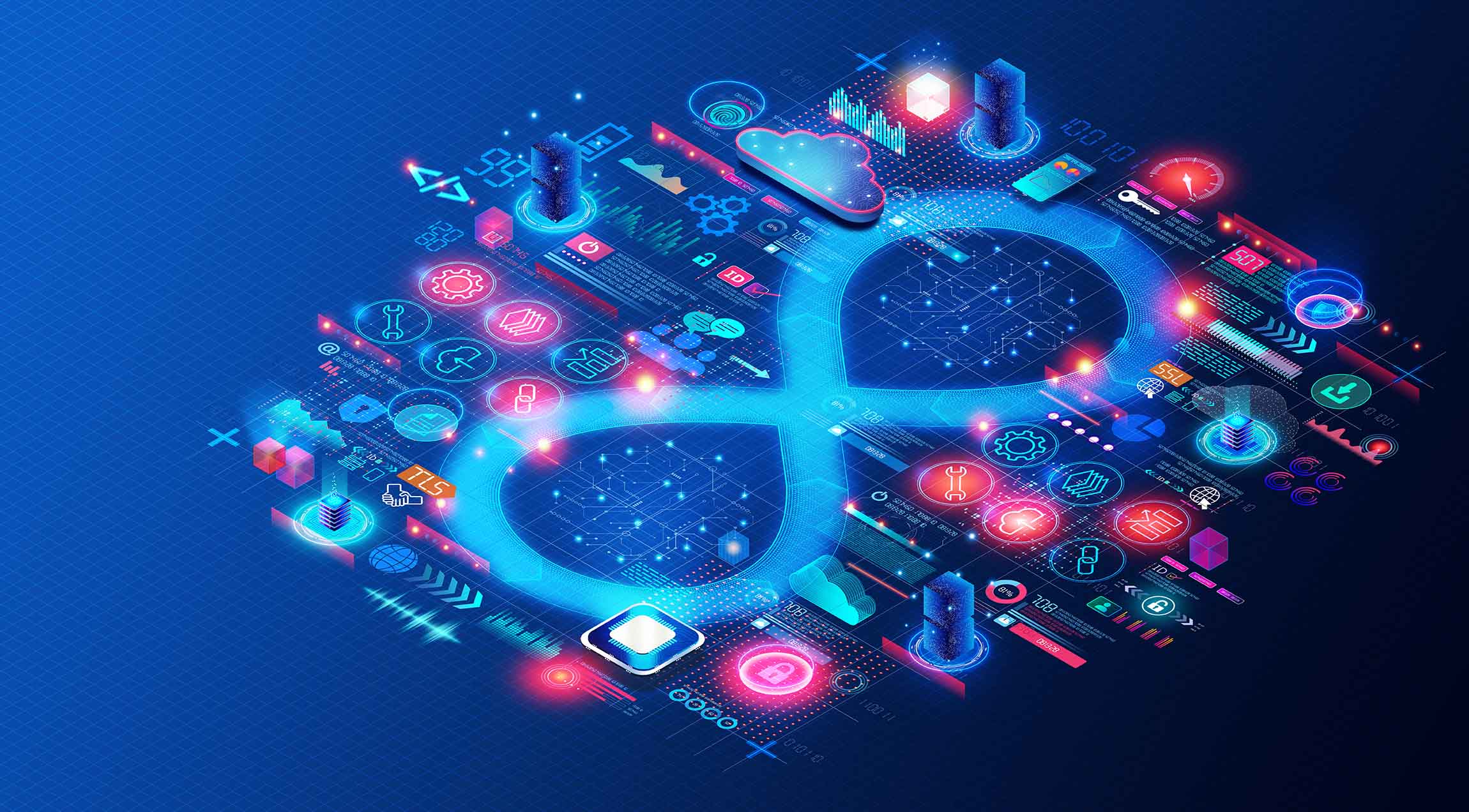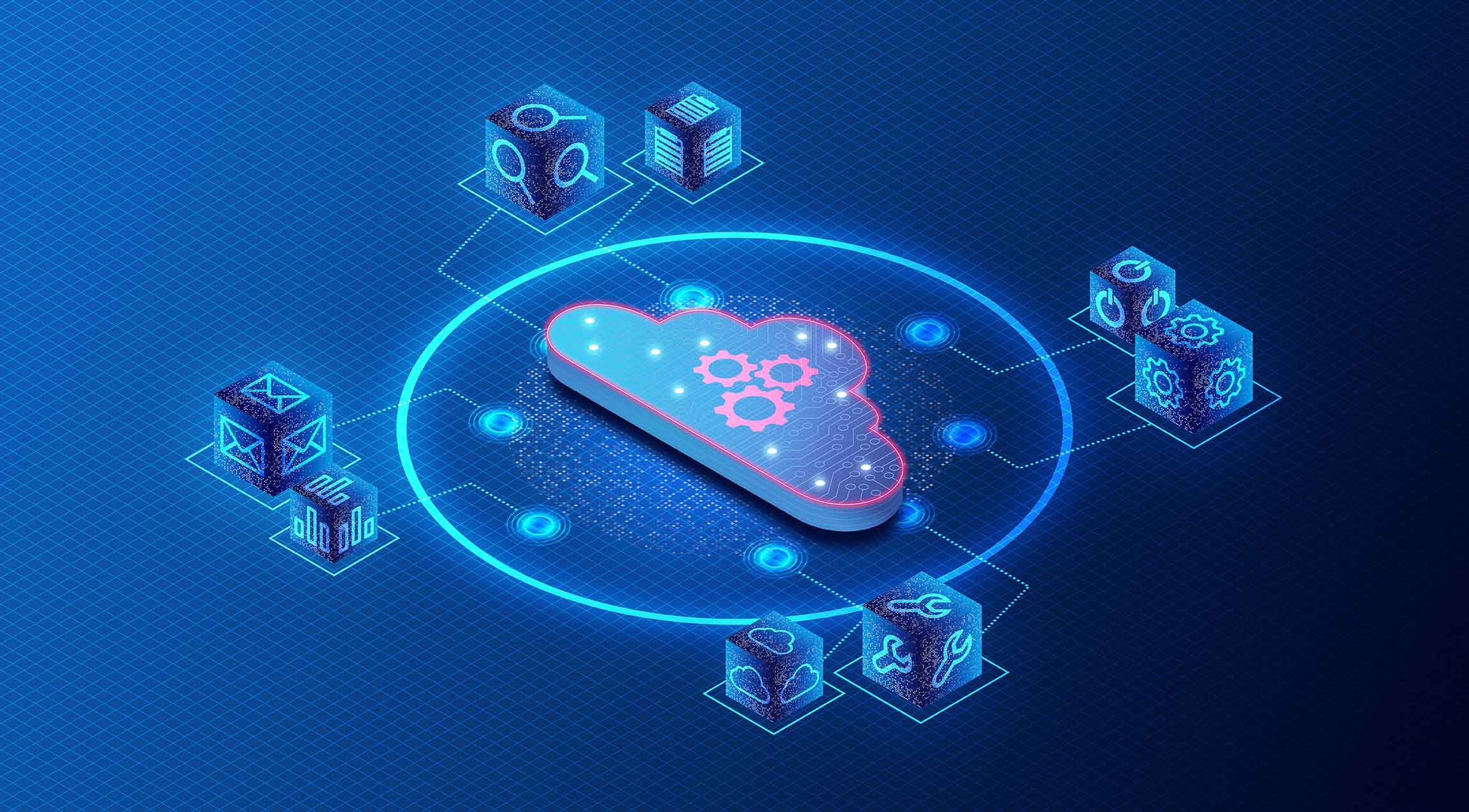The Latest Trends in DevOps
Automation, Observability, and More
DevOps has revolutionized how software is developed and delivered, enabling organizations to ship code faster and more reliably than ever before. As the discipline continues to evolve, several key trends are emerging that are shaping the future of DevOps. Let's take a closer look at some of the hottest areas in DevOps today.
Automation Everywhere
One of the core tenets of DevOps is automation, and this trend is only accelerating. Teams are automating every stage of the software delivery pipeline, from code commits to production deployments. Infrastructure-as-Code tools like Terraform allow environments to be provisioned and configured automatically.
Continuous Integration and Continuous Delivery (CI/CD) pipelines automate build, test, and deployment processes. Even incident response is being automated with AIOps tools that use machine learning to detect anomalies and trigger automated remediation workflows. The goal is to remove manual toil and enable teams to focus on higher-value work.
Observability is Key
With systems becoming increasingly distributed and complex, observability has emerged as a critical need. Observability goes beyond traditional monitoring by providing deep visibility into system behavior. By collecting granular metrics, logs, and traces, teams can ask arbitrary questions about their systems and quickly get to the root cause of issues.
Tools like Prometheus, Grafana, and Jaeger help teams implement observability stacks. The OpenTelemetry project is aiming to standardize how telemetry data is collected and exchanged between tools. With proper observability, teams can have confidence that they understand how their systems are behaving in production.
GitOps - Operations by Pull Request
GitOps is an operating model that uses Git as the single source of truth for declarative infrastructure and applications. With GitOps, the desired state of the system is versioned in Git, and an automated process ensures that the production environment always matches the state specified in the repository.
This enables teams to apply the same practices used in application development, like pull requests and code reviews, to infrastructure and deployments. Tools like Argo CD and Flux are popular choices for implementing GitOps workflows. By adopting GitOps, teams can increase reliability, consistency, and traceability of their deployments.
DevSecOps Shifts Security Left
DevSecOps extends the DevOps philosophy by integrating security into every stage of the software delivery lifecycle. Rather than treating security as a separate gate at the end, DevSecOps shifts security "to the left" by incorporating security checks and best practices early and often. This includes activities like static code analysis, dependency scanning, and automated security testing.
By catching security issues early, teams can reduce risk and avoid costly rework later in the process. Tools like SonarQube, Snyk, and OWASP ZAP enable teams to automate many security checks. The goal is to make security a shared responsibility of the entire team.
Conclusion
As DevOps continues to mature, automation, observability, GitOps, and DevSecOps are emerging as key focus areas. By adopting these practices and tools, teams can deliver software faster, with higher quality and reliability. However, it's important to remember that DevOps is ultimately about culture and collaboration.
Tools and processes are enablers, but the real key to success is building a culture of shared ownership, continuous learning, and improvement. As always, the goal is to deliver value to the business and delight customers.








